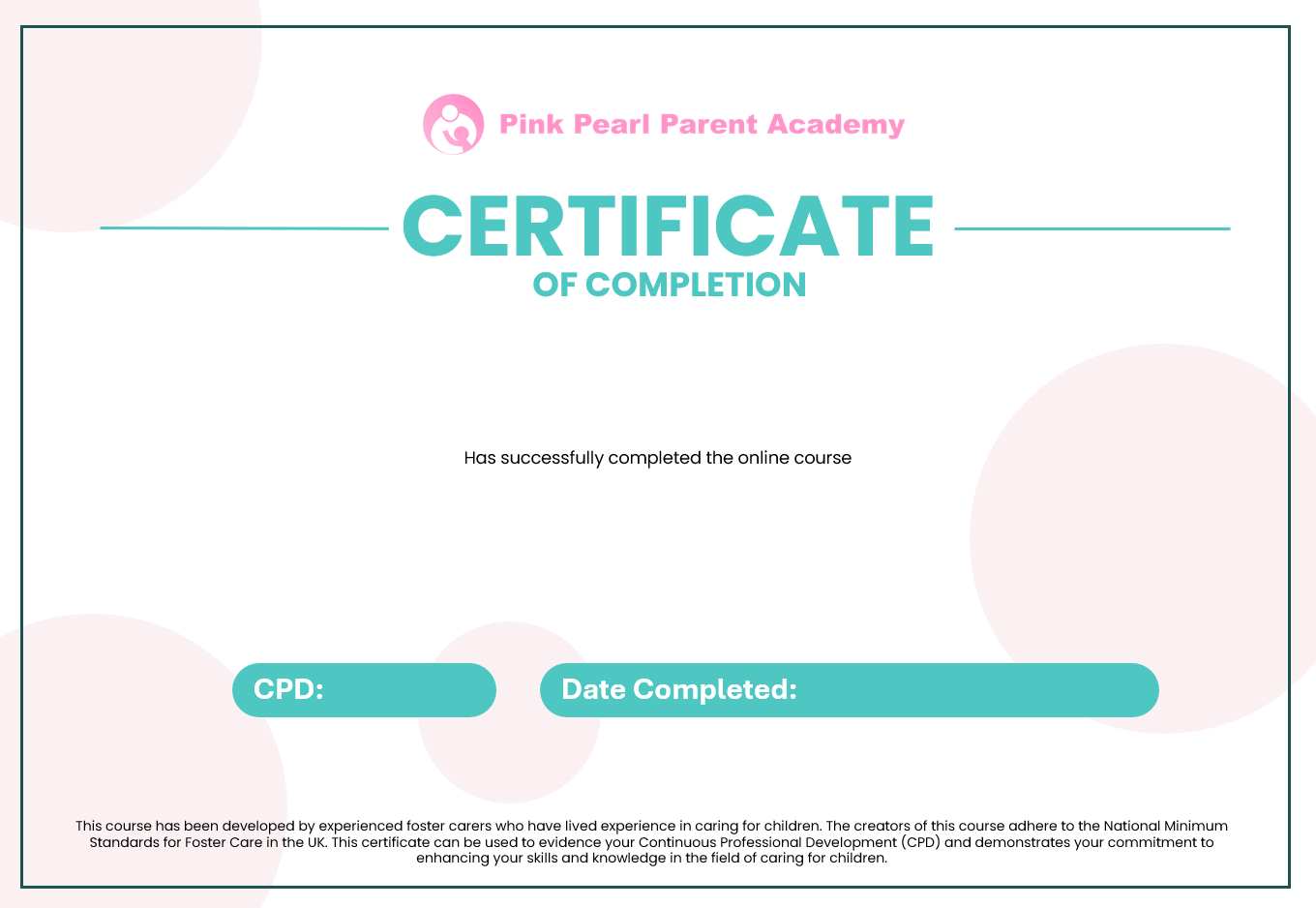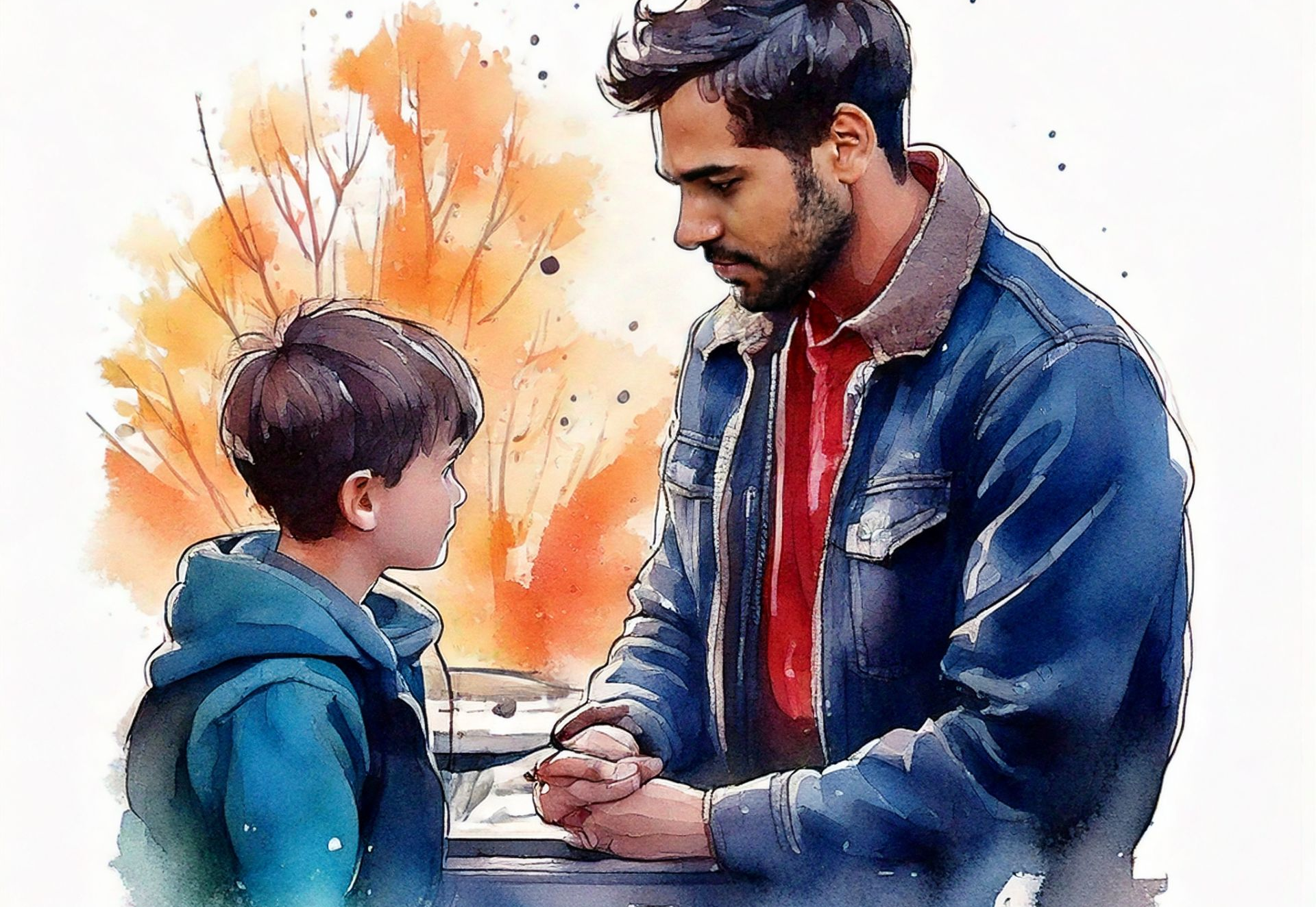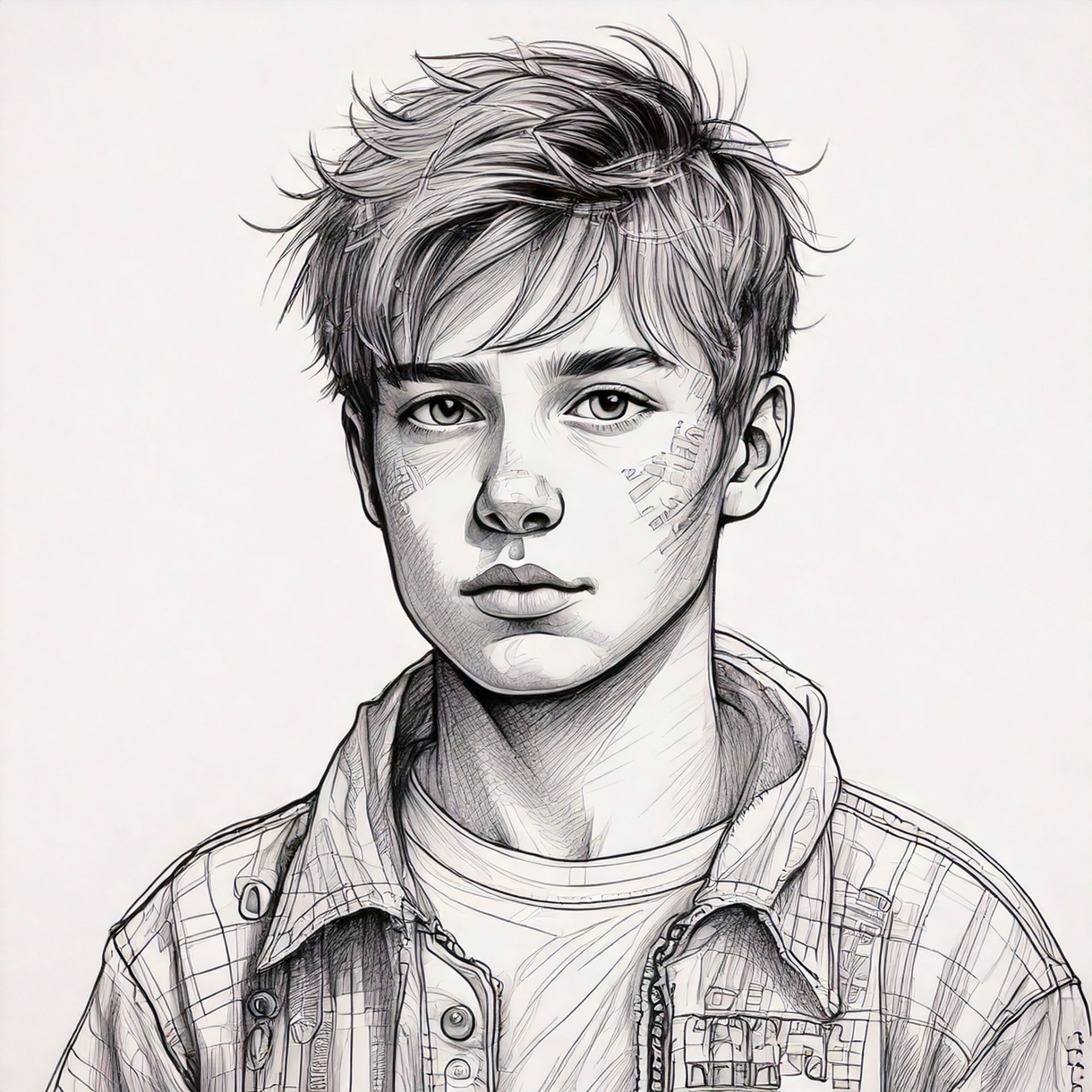Toxic Masculinity and the Manosphere
Write your awesome label here.
Course Overview
Parents and Carers Love Us
Certification Included
If you're a foster carer or other professional working with children, this certificate is a record of your Continuous Professional Development (CPD).
CPD Minutes: 25
CPD Minutes: 25

How This Course Meets the UK's National Minimum Standards for Fostering Services
What's in the Course?
below are the sources we used to help us create this course
Recommended Reading and Resources
"Understanding Incels" by Kirra Pendergast
This article provides a clear explanation of what incels are, tracing the origins of the term and how it has evolved into an online subculture marked by misogyny and resentment. It also provides a summary of what some of the emoticons mean when used by teens in the context of incel culture.
"What is Toxic Masculinity?" by Amy Morin
The article explains toxic masculinity as rigid, harmful male gender norms that encourage dominance, emotional suppression, and aggression. It explores the societal impact, psychological harm to men, and how these patterns perpetuate violence and inequality. It also outlines ways to challenge and unlearn these behaviours.
"What is the Manosphere? What Parents of Boys Need to Know" by Michael Guy
The article defines the manosphere as a collection of online communities promoting misogyny and male supremacy. It explains how these groups, such as incels and men's rights activists, blame feminism for society's problems. The article also warns parents about how young people may encounter this toxic content online.
"Mental Health and Violent Misogyny Online" by Step Together
The article explores the link between mental health challenges and online violent misogyny, highlighting how young men struggling with identity, loneliness, or trauma may be drawn into extremist online spaces like the manosphere. It stresses early intervention, open conversations, and supportive environments as crucial in preventing radicalisation.
"We Research Online ‘Misogynist Radicalisation’. Here’s What Parents of Boys Should Know" by Monash University
The article discusses how online misogynist radicalisation can impact boys, warning parents about the risks of extremist content disguised as self-help or male empowerment. It highlights how boys can be recruited into harmful online spaces promoting toxic masculinity and anti-women narratives. The piece offers advice on recognising signs early and fostering critical thinking.
"How to Tackle Incel Culture in Schools" by Claire Watts.
The article explains how incel culture is entering schools, with young people adopting misogynistic beliefs cantered on the idea that women unfairly reject men. It warns educators about language, behaviours, and online influences linked to this ideology and offers guidance on how to address incel attitudes in educational settings.
"The ‘Manosphere’" by the Institute for Strategic Dialogue
The article outlines the manosphere’s network of misogynistic online communities, including incels, PUAs, MRAs, and MGTOW. It explains how “pills” like the red pill (embracing male supremacy), blue pill (rejecting it), and black pill (nihilistic fatalism) shape these subcultures. The explainer also highlights how these groups normalise harmful narratives, including rape discourse, and how they overlap with other forms of extremism.
"Predicting Harm Among Incels (Involuntary Celibates): The Roles of Mental Health, Ideological Belief and Social Networking (accessible)" - An independent report written for the UK Government
The report explores incels as a misogynistic subculture linked to online radicalisation and potential harm. It examines how mental health issues, ideological beliefs (such as entitlement to sex), and engagement in hostile online networks contribute to risk factors. The study helps identify pathways from online engagement to harmful real-world actions.




